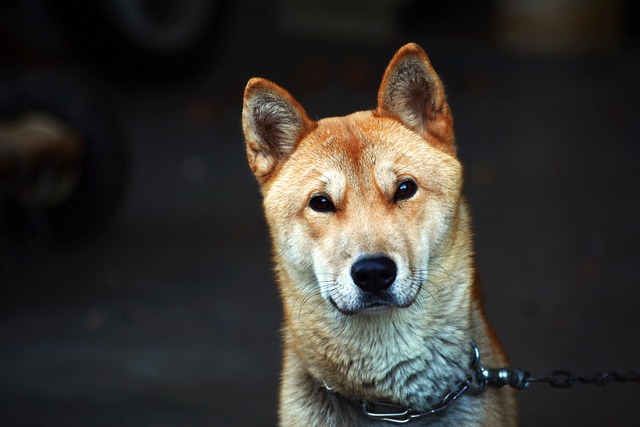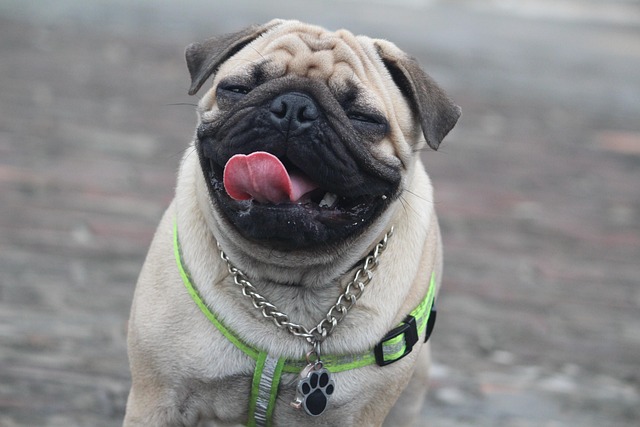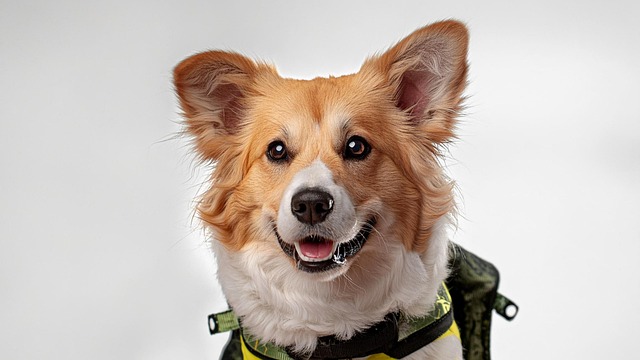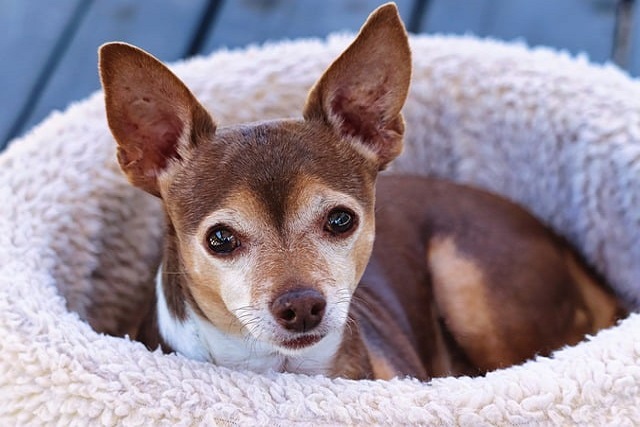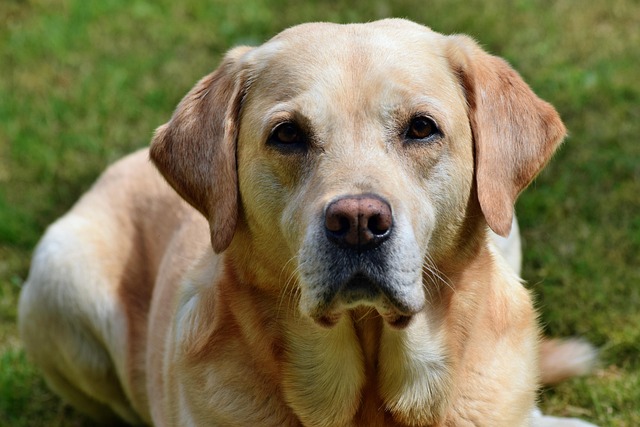Watching dogs sprint freely in a sunny park, tails flying as they chase butterflies, it’s easy to dream of that same freedom with your new pup. But the thought of letting them off leash—will they come when called? Run into the street? As a first-time dog owner in the US, off-leash training feels daunting, but with patience and the right approach, you can build the trust needed for those joyful, unrestricted moments, while staying responsible in your community.
Off-leash training works because dogs thrive on positive reinforcement—they repeat behaviors that earn rewards, whether treats, praise, or play. It’s about building a “recall” so strong that even a squirrel darting by won’t make them ignore your call. Think of it as teaching them that “coming back to you” is the best thing that can happen in any situation. My neighbor in Portland spent months training her Border Collie this way: every time he ran to her when called, he got a jackpot of his favorite freeze-dried liver treats, making “come” the most exciting word in his vocabulary. This trust doesn’t happen overnight, but short, daily sessions create lasting habits.
Practical steps start small, in a controlled space. Begin in your fenced backyard or a quiet, enclosed park—no busy streets or distractions. Use a long training leash (15-20 feet) to keep them safe while letting them explore. Call their name followed by “come!” in a cheerful tone; when they reach you, shower them with treats and praise. If they hesitate, gently guide them with the leash—never yank. My terrier took weeks to master this in our backyard, but once she realized “come” meant chicken treats and belly rubs, she started racing back. Gradually reduce distractions: add a toy to chase, then have a friend walk by, before trying off-leash in a fully fenced area. Always end sessions on a high note, even if progress is slow.

Legally, know your local rules: many cities require dogs to be leashed except in designated off-leash parks, and fines apply for violations. Ensure your dog’s rabies vaccine is up-to-date (mandatory in all US states) since off-leash interactions mean more exposure to other animals. Culturally, kindness is non-negotiable—never use shock collars or scolding. Fear breaks trust, so if they run off, stay calm and lure them back with treats, no punishment. In apartments, practice indoor recall first (call them from the couch to the kitchen) to build habits before outdoor training. When off-leash in public, respect others: if someone looks uncomfortable, put the leash back on, and always clean up their poop immediately (required by law in most areas).
With consistency, trust, and respect for rules, off-leash freedom becomes a joy for both you and your pup. Those park sprints will feel earned, proving that patience and positivity make the best training tools.
